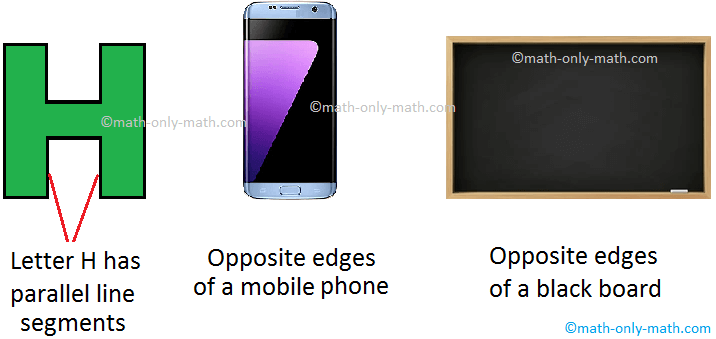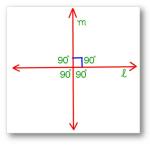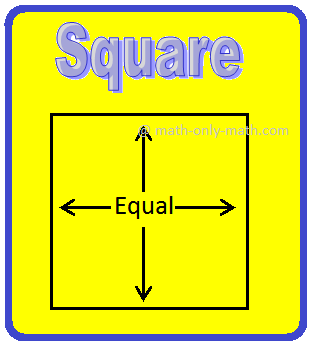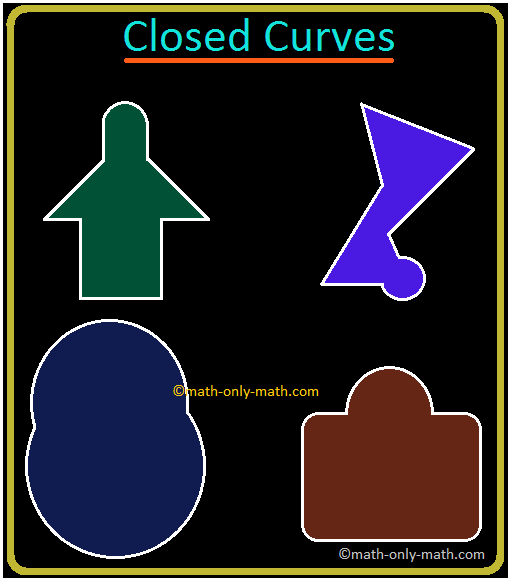Product of Sum and Difference of Two Binomials
How to find the product of sum and difference of two binomials with the same terms and opposite signs?
(a + b) (a – b) = a(a – b) + b (a – b)
= a2 –
= a2 – b2
Therefore (a + b) (a – b) = a2 – b2
(First term + Second term) (First term – Second term) = (First term)2 – (Second term) 2
It is stated as: The product of the binomial sum and difference is equal to the square of the first term minus the square of the second term.
Worked-out examples on the product of sum and difference of two
binomials:
Solution:
We know (a + b) (a – b) = a2 – b2
Here a = 2x and b= 7y
= (2x)2 – (7y)2
= 4x2 – 49y2
Therefore, (2x + 7y)(2x – 7y) = 4x2 – 49y2
2. Evaluate 502 – 492 using the identity
Solution:
We know a2 – b2 = (a + b)(a – b)
Here a = 50, b = 49
= (50 + 49) (50 – 49)
= 99 × 1
= 99
Therefore, 502 – 492 = 99
3. Simplify 63 × 57 by expressing it as the product of binomial sum and difference.
Solution:
63 × 57 = (60 + 3) (60 – 3)
We know (a + b) (a – b) = a2 – b2
= (60)2 – (3)2
= 3600 – 9
= 3591
Therefore, 63 × 57 = 3591
4. Find the value of x if 232 – 172 = 6x
Solution:
We know a2 – b2 = (a + b) (a – b)
Here a = 23 and b = 17
Therefore 232 – 172 = 6x
(23 + 17)(23 – 17) = 6x
40 × 6 = 6x
240 = 6x
6x/6 = 240/6
Therefore, x = 40
5. Simplify 43 × 37 by expressing it as a difference of two squares.
Solution:
43 × 37 = (40 + 3)( 40 – 3)
We know (a + b) (a – b) = a2 – b2
Here a = 40 and b = 3
= (40)2 – (3)2
= 1600 – 9
= 1591
Therefore, 43 × 37 = 1591
Thus, the product of sum and difference of two binomials is equal to the square of the first term minus the square of the second term.
7th Grade Math Problems
8th Grade Math Practice
From Product of Sum and Difference of Two Binomials to HOME PAGE
Didn't find what you were looking for? Or want to know more information about Math Only Math. Use this Google Search to find what you need.
Recent Articles
-
What are Parallel Lines in Geometry? | Two Parallel Lines | Examples
Apr 19, 24 04:39 PM
In parallel lines when two lines do not intersect each other at any point even if they are extended to infinity. What are parallel lines in geometry? Two lines which do not intersect each other -
Perpendicular Lines | What are Perpendicular Lines in Geometry?|Symbol
Apr 19, 24 04:01 PM
In perpendicular lines when two intersecting lines a and b are said to be perpendicular to each other if one of the angles formed by them is a right angle. In other words, Set Square Set Square If two… -
Fundamental Geometrical Concepts | Point | Line | Properties of Lines
Apr 19, 24 01:50 PM
The fundamental geometrical concepts depend on three basic concepts — point, line and plane. The terms cannot be precisely defined. However, the meanings of these terms are explained through examples. -
What is a Polygon? | Simple Closed Curve | Triangle | Quadrilateral
Apr 19, 24 01:22 PM
What is a polygon? A simple closed curve made of three or more line-segments is called a polygon. A polygon has at least three line-segments. -
Simple Closed Curves | Types of Closed Curves | Collection of Curves
Apr 18, 24 01:36 AM
In simple closed curves the shapes are closed by line-segments or by a curved line. Triangle, quadrilateral, circle, etc., are examples of closed curves.





